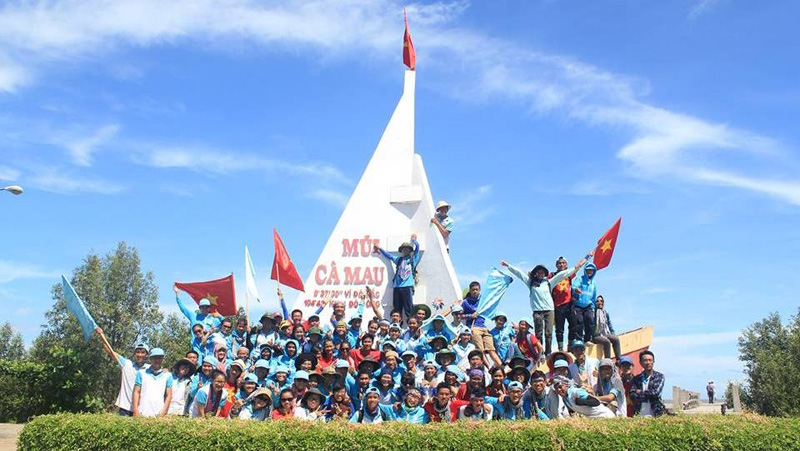


|
|
|
The plan also sets a target that by 2030, the site will meet the
national tourism criteria and secure its status as a National Tourism Site.
Under the plan, the core zone prioritised for tourism
development will cover Mui, Kinh Dao Tay, Kinh Dao Dong, Rach Tau Dong, Rach
Tho, and Khai Long hamlets as well as Dat Mui Commune of Ngoc Hien District,
with a total area of about 2,100 ha.
The area will be facilitated with services and entertainment
centres, with ecological resorts built in the mangrove forest.
The Ca Mau Cape cultural and tourist park, ecological sites,
community-based and craft villages, and Khai Long tourism complex will also
be built in the area.
The master plan also makes it clear that the construction and
development of the facilities must comply with the law on forest protection
and development, environmental protection and biodiversity.
|
Source: NDO